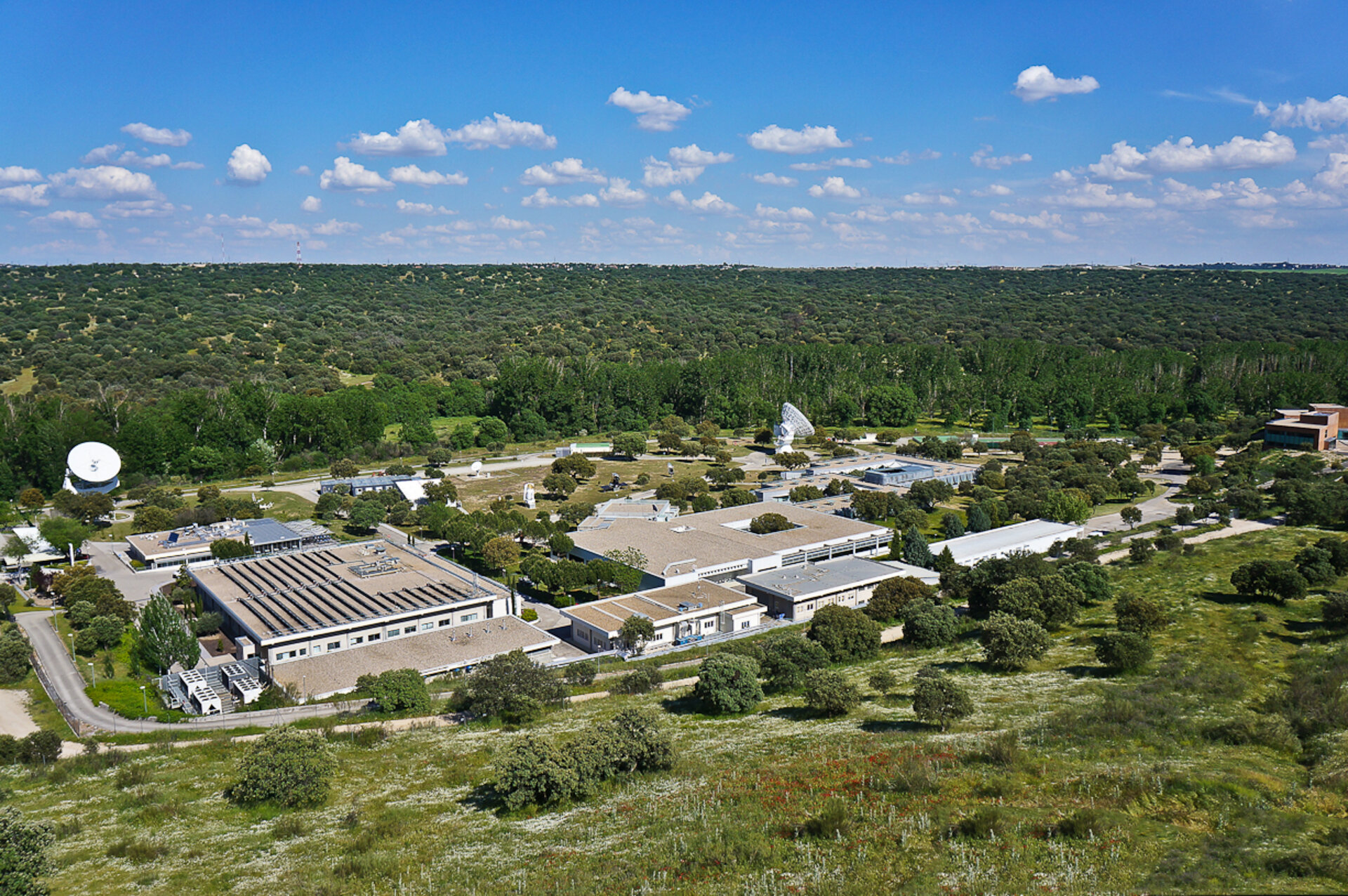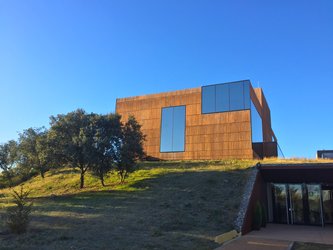Overview
ESAC, the European Space Astronomy Centre, is the ‘home’ of ESA’s space-telescope and planetary missions, the place from where science operations are conducted, and where all of the scientific data produced are archived and made accessible to the world.
Telescopes in space are humankind’s eyes in the heavens: from their superior observing positions high above Earth’s atmosphere, they provide us with astounding views of the Universe at many different wavelengths. ESAC is where the instruments providing these views are operated and where these views become available for scientific study. Signals from black holes, from distant galaxies, from neighbouring planets and even from planets far beyond the Solar System are beamed back to the Madrid countryside.
ESAC has been chosen as the site for the Science Operations Centres (SOCs) of ESA Science missions for both astronomy and the Solar System. This means ESAC is rapidly evolving into a scientific hot-spot, a meeting point for top-level international space scientists working in different, but closely-related areas.
The archives for all of ESA’s astronomy and Solar System missions are kept at ESAC so researchers have a single ‘entry point’ for accessing the wealth of scientific data. Data from the ISO, XMM-Newton, Integral, Herschel, Planck and SOHO missions and from the interplanetary spacecraft Mars Express, SMART-1 (the Moon), Rosetta (Comet 67P/Churyumov-Gerasimenko), Huygens (Titan), Venus Express and Giotto (Comet Halley) are already available in ESAC’s state-of-the-art archival system, and are regularly consulted and retrieved by more than 3000 registered users.

Before ESAC became an ESA Centre, the site was essentially an ESA Telemetry, Tracking and Commanding (TT&C) station. In this context, the site still maintains some support to the ESA Directorate of Operations and Infrastructure in the operations of several ESA satellites. There are currently three antennas at ESAC, belonging to ESTRACK identified as VIL-1, VIL-2 and VIL-4.
ESA’s 35m diameter deep-space antenna for Europe is located in Cebreros (Avila) and supports the activities of ESAC by gathering data from distant missions to Mercury, Venus, Mars and beyond.
ESAC is also involved in Earth Observation activities. ESAC hosts the Payload Operations and Data Processing Ground Segment of the ESA’s Soil Moisture and Ocean Salinity (SMOS), second Earth Explorer satellite. Launched in November 2009, SMOS is designed to observe soil moisture over Earth’s land surfaces and salinity in its oceans, which are exactly the kinds of data urgently needed by experts studying the global climate system, and also feeds data in near real time to improve mid term weather forecast. ESAC takes care of the payload programming for SMOS, receives all the scientific data transmitted to ground, and generates and disseminates the final products to the community.

ESAC hosts the team for the new European Space Situational Awareness (SSA) Preparatory Programme. The SSA initiative will provide Europe and its citizens with complete and accurate information on objects orbiting Earth, on the space environment and on threats coming from space.
With the growing importance of ESAC, a dedicated and joint Corporate ESAC Communication and Education Office has been created. For communication, the office is responsible for official ESA communication activities in Spain and Portugal, organisation of launch and major events at the centre and coordination of launch events in major universities and national institutions and interactions with the media. For education, the office coordinates projects with universities and educational centres all over Europe, notably on the fields of System Engineering, Satellite Navigation, Science and Microgravity research.
ESAC site also hosts the Spanish Laboratory for Space Astrophysics and Fundamental Physics (LAEFF), an innovative research facility aimed mainly at encouraging young Spanish scientists to enter the fields of astrophysics and fundamental physics. LAEFF was founded in 1991 as a collaboration between INTA, CSIC and ESA, and was located at ESAC to allow for closer interaction with the ESA astronomical activities.
Their Royal Highnesses The Prince and Princess of Asturias formally inaugurated on 7 February 2008 ESA’s European Space Astronomy Center.





